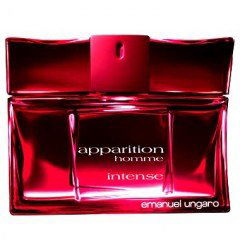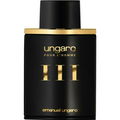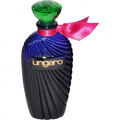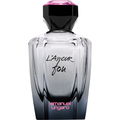Emanuel Ungaro All perfumes & Information
 France
since 1965
France
since 1965
When Emanuel Ungaro founded his own fashion house in Paris in 1965, the world of couture was in transition. The stiff elegance of the 1950s was giving way to new shapes, new colors, and new freedoms – and amid this transformation, a young designer from southern France emerged who would help redefine the language of fashion.
Born on February 13, 1933, in Aix-en-Provence to Italian immigrant parents, Ungaro grew up surrounded by craftsmanship. His father, a tailor, taught him early on how to work with fabrics and cuts. At the age of 22, he moved to Paris, where he worked for Cristóbal Balenciaga and André Courrèges – two masters who could hardly have been more different, yet both shaped his evolving sense of style.
Ungaro became known as a couturier with a keen sensitivity for movement and color. His creations combined fluid fabrics, vivid hues, and expressive prints – always feminine, always full of life. As fashion grew increasingly experimental during those years, Ungaro created collections that bridged classicism and freedom. A major influence on the house’s early identity came from Swiss textile designer Sonja Knapp, who co-founded the brand and served as Ungaro’s creative partner in its formative years. Her colorful, intricately designed fabric prints infused the collections with a distinctive vibrancy and artistic spirit.
In 1968, Ungaro launched his ready-to-wear line “Ungaro Parallèle”, followed by the men’s collection “Ungaro Uomo” in 1973. These lines made couture accessible to a wider audience without compromising on craftsmanship or refinement.
His first fragrance, “Diva”, composed by Jacques Polge, was released in 1983. It remains a hallmark of 1980s perfumery – a floral chypre with a powdery accent that captures the feminine elegance of the house. Additional creations such as “Senso”, “Ungaro”, and “U by Ungaro” expanded the brand’s olfactory universe.
Until his retirement in 2004, Ungaro remained creatively active. In the years that followed, the house underwent several artistic transitions, with designers such as Giambattista Valli, Vincent Darré, Peter Dundas, Esteban Cortázar, Estrella Archs, Giles Deacon, Fausto Puglisi, and Marco Colagrossi each contributing their own interpretation of Ungaro’s aesthetic.
In 2005, the company was acquired by entrepreneur Asim Abdullah. Under new ownership, the label experienced several shifts in creative direction yet maintained its international presence and continued to be a recognizable name in the Paris fashion scene. Emanuel Ungaro passed away on December 21, 2019, in Paris.
 Mikayla
Mikayla










































